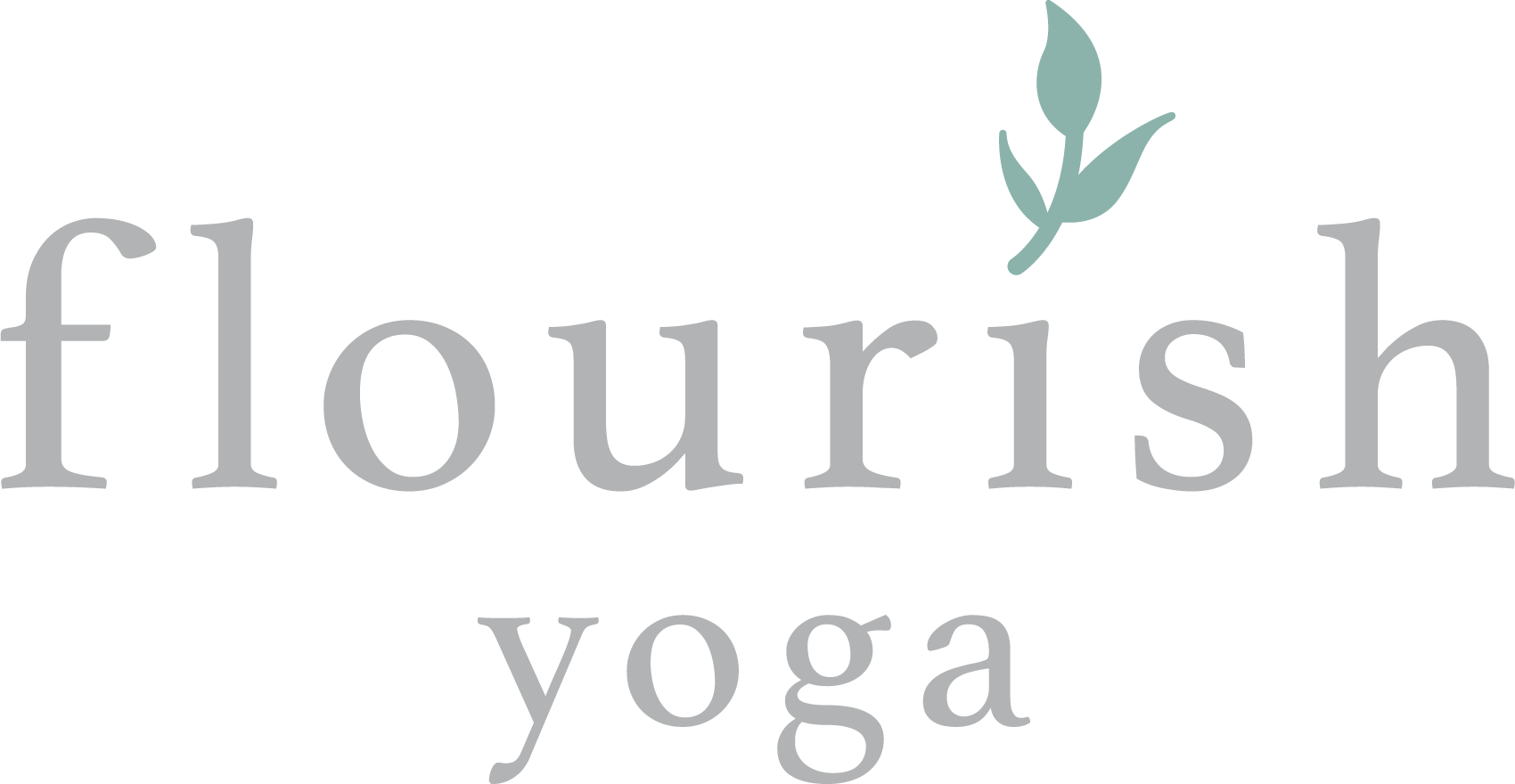Gratitude
Peace is the result of retraining your mind to process and appreciate life as it is, not as you think it should be.
Gratitude.
If you aren’t yet incorporating a gratitude practise of some sort into your mindfulness practises (or into life in general!), now is a great time to start.
We’ve all been through the wringer over the last couple of years. It’s been a time of great uncertainty for all, some have faced financial hardship, some haven’t been able to see their loved ones. Many of us have faced some sort of disappointment when things didn’t turn out how we envisaged or when we weren’t able to do what we wanted to do. Overall, it’s been tough.
Resilience
One thing that can make us more resilient in these uncertain times, is developing a gratitude practise. Focusing on gratitude makes us more aware of the good things in life; everything we have, our health, people that nourish and support us. It makes us better at life, helps us to focus on the silver linings and shine a more positive light on ‘bad’ or negative situations.
Gratitude is a skill, it is something that we do. We can get better at practising gratitude and can actually rewire our brains to be more grateful. This makes gratitude a very important component in determining our quality of life. Practising gratitude has been proven to lower blood pressure, gives us better immunity, helps us to experience more positive emotions, improved mood and increases our mental resilience in difficult situations.
We get what we focus on. What you appreciate, appreciates.
Here are the ‘levels of gratitude’ - where do you currently sit?
0 - those who aren’t grateful. At all.
1 - those who are grateful for what’s put in front of them. Sunset, flowers, being gracious at a restaurant. Being grateful and appreciative only when something is given to you or someone makes a nice gesture.
2 - Active appreciation, instead of waiting for them to come to you, you look for the good in situations and practise it regularly. This might mean keeping a gratitude list or making a note of 3 things you’re grateful for each day.
3 - Deciding to love it all - including the bad. Accepting and loving it all as part of the experience of life. This means practising and feeling gratitude not only for the positive or good things in life, but also being grateful for those challenging people and situations that help us to grow.
Spread the love!
The best part of gratitude? Expressing it to others around you.
The person that serves you at the cafe, your family, your partner, your work colleagues. Telling people why you are grateful for them leads to joy. We are benefiting from this as we feel better - and they feel better.
The practise
Close your eyes.
Ask yourself, “What am I grateful for?“.
Ask the question then let it go.
Pay attention to the images, thoughts, people that come to mind.
Pay attention to the feeling you get when you think of all of those people, things and situations that you are grateful for.

